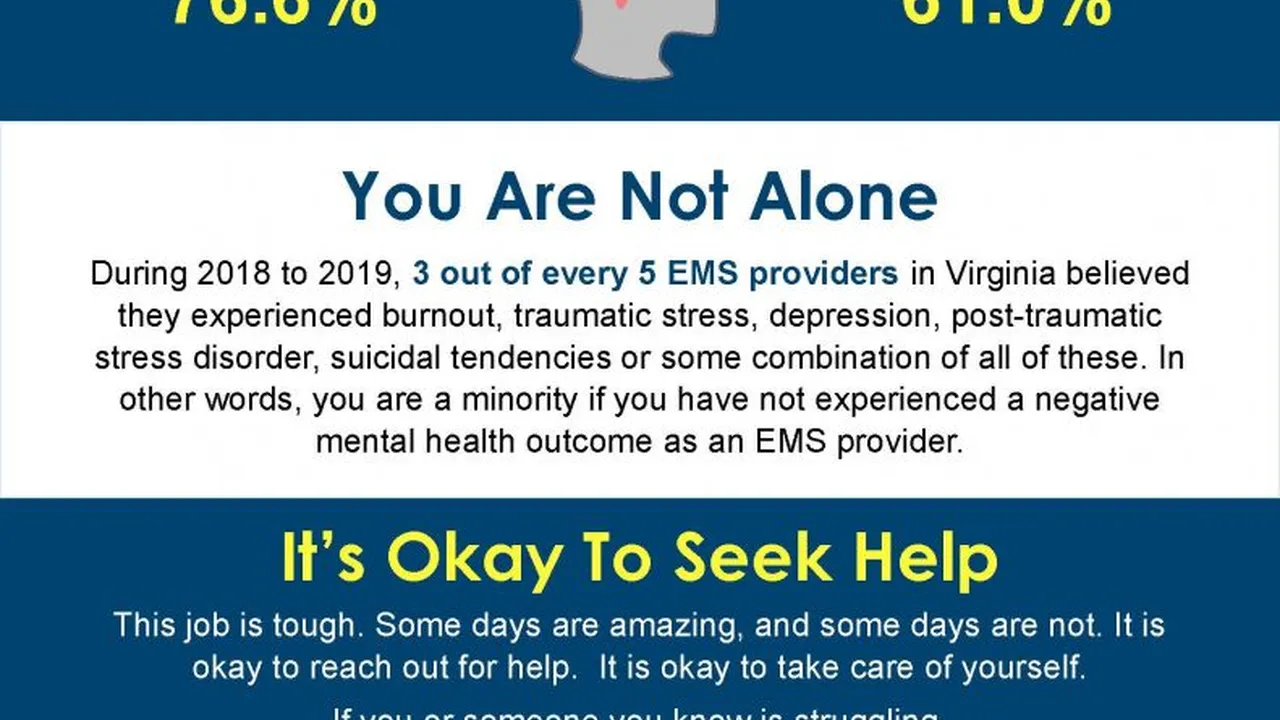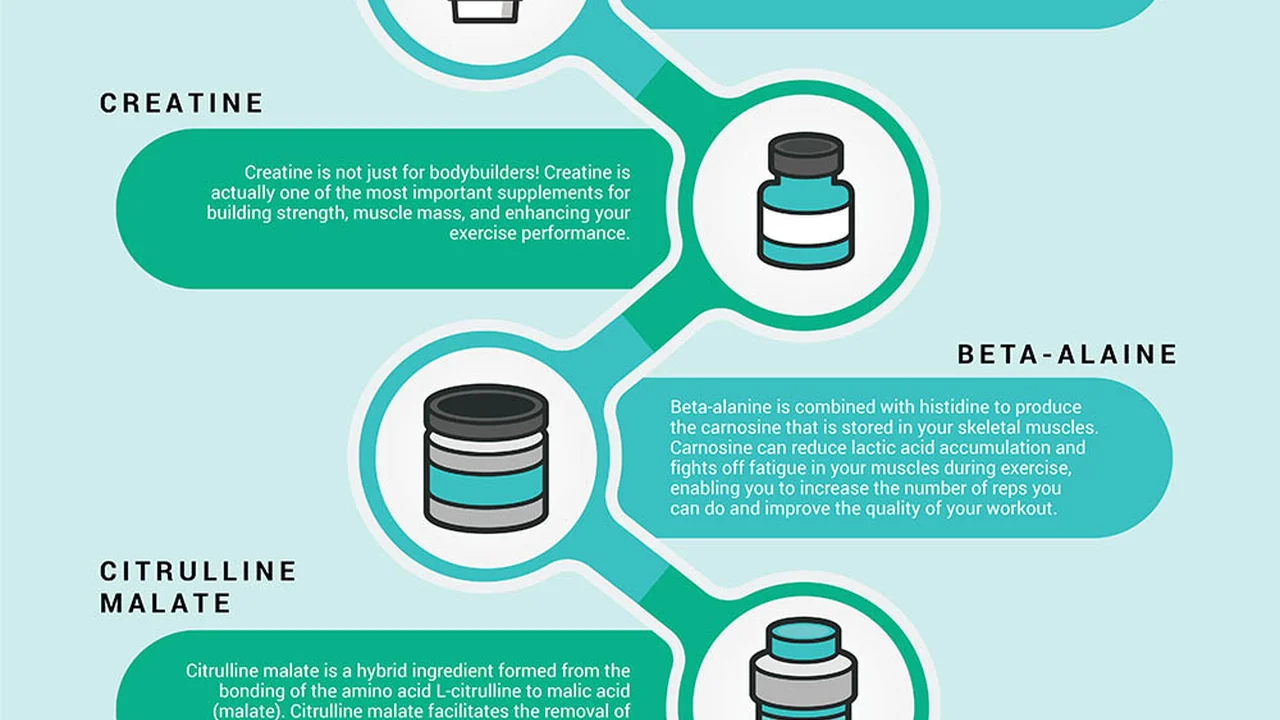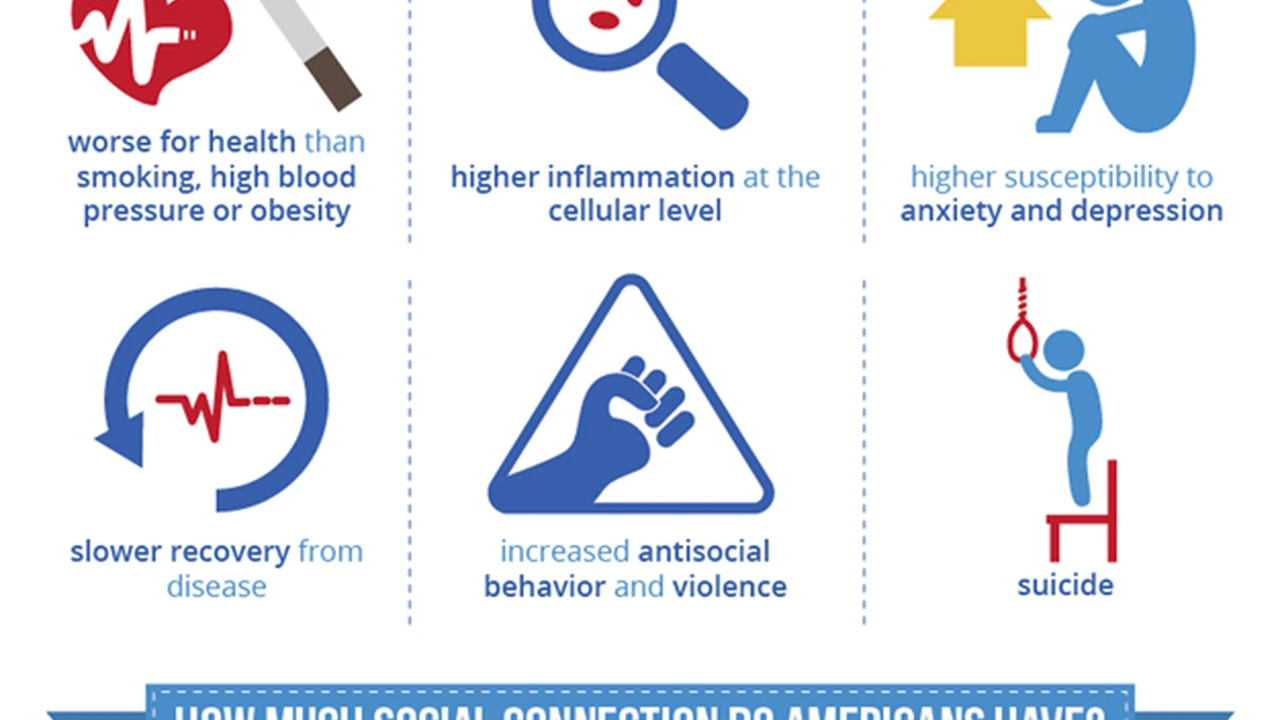Debunking Mental Health Stigmas: What You Need to Know
Feeling overwhelmed by mental health stigmas? This article debunks common misconceptions about mental health and encourages open conversations. Break down stigmas and promote mental health awareness.

Understanding Mental Health Stigma What It Is and Why It Matters
Okay, let's talk about something super important: mental health stigma. What even *is* it? Simply put, it’s when people judge or discriminate against someone because of a mental health condition. It's like a big, invisible wall that keeps people from seeking help, talking openly, and living their best lives. Think of it as the negative attitudes, beliefs, and behaviors directed towards individuals with mental health conditions. This stigma can manifest in various ways, from subtle jokes to outright discrimination in employment, housing, and healthcare. It's a problem because it prevents people from getting the support they need and deserve, and it perpetuates harmful stereotypes.
Why does it matter? Well, imagine you’re struggling with anxiety or depression. On top of feeling crummy, you also worry about what people will think if you tell them. Will they see you as weak? Unstable? Will it affect your job? Your relationships? This fear of judgment can be paralyzing. People might delay or avoid seeking treatment altogether because they don't want to be labeled or treated differently. Stigma also contributes to feelings of shame, isolation, and hopelessness, making the recovery process even more challenging. It's a vicious cycle that needs to be broken.
Types of Mental Health Stigma Exploring Public Self and Institutional Forms
Stigma isn't a one-size-fits-all thing. It shows up in different forms, and understanding these forms is key to tackling the problem effectively.
- Public Stigma: This is the kind of stigma that comes from society at large. It's the stereotypes and prejudices that people hold about mental illness. Think of the jokes you hear on TV or the way mental illness is often portrayed in the media. Public stigma can lead to discrimination in various aspects of life, such as employment, housing, and social relationships. It can also create a climate of fear and shame that prevents people from seeking help.
- Self-Stigma: This is when someone internalizes the negative beliefs and attitudes about mental illness and applies them to themselves. It's like believing the stereotypes are true about you. Self-stigma can lead to feelings of shame, hopelessness, and low self-esteem. It can also prevent people from seeking treatment or disclosing their condition to others. It's a deeply personal and damaging form of stigma.
- Institutional Stigma: This refers to policies and practices within organizations and institutions that discriminate against people with mental illness. This could include limited access to mental health services, discriminatory hiring practices, or inadequate insurance coverage for mental health treatment. Institutional stigma can perpetuate inequalities and create barriers to care. It's a systemic problem that requires policy changes and advocacy efforts.
Common Misconceptions About Mental Illness Debunking Myths and Promoting Understanding
Okay, let's bust some myths! There are so many wrong ideas floating around about mental illness, and they only make the stigma worse.
- Myth 1: Mental illness is a sign of weakness. Nope! Mental illness is a health condition, just like diabetes or heart disease. It's not a character flaw. It can affect anyone, regardless of their strength, intelligence, or willpower. Blaming people for their mental illness is not only inaccurate but also incredibly harmful.
- Myth 2: People with mental illness are dangerous. This is a HUGE misconception. The vast majority of people with mental illness are not violent. In fact, they are more likely to be victims of violence than perpetrators. Media portrayals often sensationalize the link between mental illness and violence, perpetuating harmful stereotypes.
- Myth 3: Mental illness is untreatable. False! There are many effective treatments for mental illness, including therapy, medication, and lifestyle changes. With the right support, people can and do recover from mental illness and live fulfilling lives. Early intervention is key to improving outcomes.
- Myth 4: You can just "snap out of" mental illness. If only it were that easy! Mental illness is not a matter of willpower. It requires professional help and ongoing management. Telling someone to "just snap out of it" is dismissive and invalidating.
- Myth 5: Mental illness only affects certain types of people. Mental illness doesn't discriminate. It can affect people of all ages, races, ethnicities, socioeconomic backgrounds, and genders. No one is immune.
The Impact of Stigma on Seeking Help How Fear and Shame Prevent Treatment
The fear of being judged or discriminated against can be a major barrier to seeking help for mental health issues. People might worry about what their family, friends, or colleagues will think if they find out they are struggling. This fear can lead to feelings of shame and embarrassment, making it even harder to reach out for support.
Think about it: If you broke your leg, you wouldn't hesitate to go to the doctor. But when it comes to mental health, there's often a sense of shame or embarrassment that prevents people from seeking help. They might worry about being labeled "crazy" or "weak," or they might fear that they will be judged or treated differently.
This delay in seeking treatment can have serious consequences. Mental health conditions can worsen over time if left untreated, leading to increased suffering, impaired functioning, and even suicidal thoughts. Early intervention is crucial for improving outcomes and preventing long-term complications.
Strategies for Reducing Mental Health Stigma Promoting Understanding and Empathy
Okay, so how do we break down these walls of stigma? It's a big job, but it's totally doable. Here are a few strategies:
- Education: The more people know about mental illness, the less likely they are to believe the stereotypes. We need to educate ourselves and others about the realities of mental illness, including the causes, symptoms, and treatments. Sharing accurate information can help dispel myths and promote understanding.
- Open Communication: Talking openly about mental health is crucial. The more we talk about it, the more normal it becomes. Encourage conversations about mental health in your family, workplace, and community. Create a safe space for people to share their experiences without fear of judgment.
- Personal Stories: Hearing personal stories from people who have experienced mental illness can be incredibly powerful. It helps to humanize the issue and break down stereotypes. Share your own story if you feel comfortable, or listen to the stories of others.
- Media Advocacy: Challenge negative portrayals of mental illness in the media. Speak out against stereotypes and promote accurate and respectful representations. Support media outlets that are committed to responsible reporting on mental health issues.
- Support Mental Health Organizations: Donate to and volunteer with mental health organizations that are working to reduce stigma and improve access to care. These organizations play a vital role in advocating for policy changes and providing support to individuals and families affected by mental illness.
Products and Resources for Mental Health Support Practical Tools and Where to Find Them
Sometimes, having the right tools can make a real difference in managing your mental well-being. These aren't cures, but they can be helpful supplements to therapy and other treatments. Here are a few examples:
- Calm App: This app offers guided meditations, sleep stories, and relaxing music. It's great for managing stress and anxiety. The annual subscription is around $70, but they often have discounts. I've personally found the sleep stories super helpful on nights when I'm struggling to fall asleep.
- Headspace App: Similar to Calm, Headspace offers a variety of mindfulness exercises and guided meditations. They also have courses on specific topics like anxiety and stress. The annual subscription is also around $70. Headspace is known for its user-friendly interface and its focus on teaching the fundamentals of mindfulness.
- Weighted Blankets: These blankets provide a gentle, calming pressure that can help reduce anxiety and improve sleep. They come in various weights and sizes, typically ranging from $50 to $200 depending on the size and materials. I've heard great things about the Gravity Blanket, but there are many more affordable options available on Amazon.
- Light Therapy Lamps: These lamps mimic natural sunlight and can be helpful for seasonal affective disorder (SAD) or just general mood boosting during the winter months. Prices range from $30 to $100. Be sure to choose a lamp that emits at least 10,000 lux and has a UV filter.
Comparing Mental Health Apps Calm vs Headspace vs Others
With so many mental health apps available, choosing the right one can be overwhelming. Here’s a quick comparison of some popular options:
- Calm: Known for its relaxing sleep stories and nature sounds, Calm is a great choice for those seeking stress reduction and improved sleep. It has a vast library of content and a user-friendly interface.
- Headspace: Headspace focuses on teaching the fundamentals of mindfulness and offers structured courses on various topics. It’s a good option for beginners who want a more guided approach to meditation.
- Insight Timer: Insight Timer offers a vast library of free meditations from various teachers. It’s a great option for those on a budget or who want a wide variety of meditation styles.
- BetterHelp: BetterHelp provides online therapy with licensed therapists. It’s a convenient and affordable way to access professional mental health support. Prices vary depending on the therapist and the frequency of sessions.
Ultimately, the best app for you will depend on your individual needs and preferences. Consider trying out a few different apps to see which one resonates with you the most.
Taking Action Breaking Down Stigma in Your Own Life and Community
You don't have to be a therapist or an activist to make a difference. Here are some simple things you can do to combat stigma in your everyday life:
- Be Mindful of Your Language: Avoid using stigmatizing language like "crazy," "insane," or "psycho." Instead, use respectful and person-centered language. For example, instead of saying "He's bipolar," say "He has bipolar disorder."
- Challenge Stereotypes: When you hear someone making a negative comment about mental illness, speak up and challenge their assumptions. Share accurate information and help to dispel myths.
- Support Loved Ones: If you have a friend or family member who is struggling with a mental health condition, offer your support and understanding. Listen to them without judgment and encourage them to seek help.
- Educate Yourself: Continue to learn about mental health issues and stay informed about the latest research and treatments. The more you know, the better equipped you will be to combat stigma and advocate for change.
- Share Your Story: If you feel comfortable, share your own experiences with mental health. Your story can help to break down stigma and inspire others to seek help.
Breaking down mental health stigma is a long-term process, but it's a process that's worth fighting for. By promoting understanding, empathy, and open communication, we can create a more supportive and inclusive society for everyone.
:max_bytes(150000):strip_icc()/277019-baked-pork-chops-with-cream-of-mushroom-soup-DDMFS-beauty-4x3-BG-7505-5762b731cf30447d9cbbbbbf387beafa.jpg)






